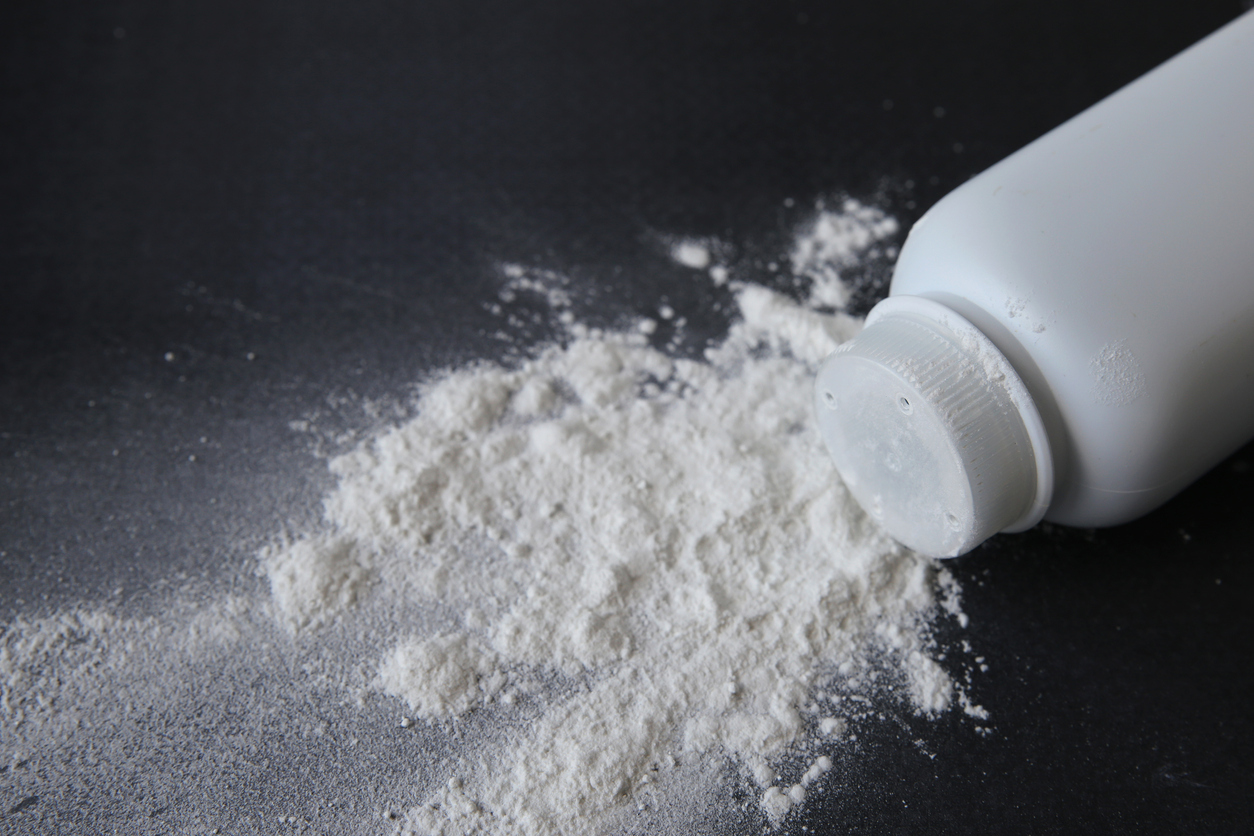Johnson & Johnson announced on Tuesday that it had agreed to pay $8.9 billion to tens of thousands of people who claimed the company’s talcum powder products caused cancer, a proposal that plaintiffs’ lawyers called a “significant victory” in a decade-long legal battle.
According to a court filing, the proposed settlement would be paid out over a 25-year period through a subsidiary that filed for bankruptcy to enable the $8.9 billion trust. If approved by a bankruptcy court, the agreement will resolve all current and future claims involving Johnson & Johnson products containing talc, such as baby powder, according to the company.
A group of lawyers representing nearly 70,000 plaintiffs, including families of people who died from ovarian cancer and mesothelioma, called the settlement a “landmark” and a “significant victory for the tens of thousands of women suffering from gynecological cancers caused by J&J’s talc-based products.”
To make the agreement final, the court must first accept a new bankruptcy filing by Johnson & Johnson subsidiary LTL Management, as well as the settlement itself; the company must also persuade enough claimants to support the settlement plan. Johnson & Johnson established LTL in 2021 to avoid talc litigation, but an earlier bankruptcy filing by the unit was challenged by the plaintiffs and dismissed this year by a U.S. appeals court, which ruled that bankruptcy wasn’t the best way to resolve the matter.
If approved, the settlement would put an end to a long-running legal saga that had harmed Johnson & Johnson’s reputation. Although not a top seller, its baby powder is one of the company’s most recognizable brands, and many of the plaintiffs claimed that the talc used in the product was contaminated with asbestos, a known carcinogen.
Some lawyers involved in the cases were opposed to the settlement, even though they acknowledged that court approval would apply to all plaintiffs.
Jason Itkin, whose law firm is handling 10,000 cases involving women who claim that Johnson & Johnson’s talc-based powders caused their ovarian cancer, said the settlement was “bad for victims” and would be challenged in court. Even if the company’s filing is successful, Mr. Itkin believes it will need to persuade enough claimants to vote in favor of the settlement plan.
“Even though $8.9 billion sounds like a lot of money, it comes out to not much at all for the people who suffered,” he explained.
LTL’s initial bankruptcy filing set aside $2 billion for plaintiff payouts. Johnson & Johnson stated in the new filing that it would set aside an additional $6.9 billion to cover the payouts.
According to the company, the settlement plan is not an admission of wrongdoing. According to Erik Haas, the company’s worldwide vice president of litigation, the plaintiffs’ claims “are specious and lack scientific merit,” but resolving them would have taken decades and been extremely expensive.
“Resolving this matter through the proposed reorganization plan is both more equitable and efficient, allows claimants to be compensated in a timely manner, and allows the company to remain focused on our commitment to profoundly and positively impact human health,” Mr. Haas said.
For decades, Johnson & Johnson executives were aware of the risk of asbestos exposure associated with its talc products, including the well-known baby powder it began selling 129 years ago. After years of opposing researchers and scientists, the company has recently faced a flood of lawsuits, as well as government investigations and congressional inquiries.
The verdicts and mistrials in the cases were mixed. Johnson & Johnson claimed victory in the vast majority of cosmetic talc jury trials, but it also faced spectacular losses in which it was ordered to pay billions of dollars to a small number of plaintiffs.
The company announced in 2020 that it would stop selling talc-based baby powder in the United States. It intends to discontinue global sales of the product this year, replacing it with a cornstarch version.
It also intends to spin off its consumer health business, which includes brands like baby powder, Neutrogena, and Tylenol, into a separate company called Kenvue. (The pharmaceutical and medical divisions of Johnson & Johnson will remain in place.)
Johnson & Johnson established LTL as part of a corporate pirouette that entails splintering off liability in a new unit and using the bankruptcy system as a legal shield. The plaintiffs had successfully blocked that effort, known as “the Texas Two-Step” due to its origins in the state’s bankruptcy law.
The settlement plan announced on Tuesday, however, will “provide expeditious, substantial, and fair compensation to claimants who cannot afford to wait any longer for a resolution,” according to the plaintiffs’ lawyers.
According to lawyers, the new bankruptcy approval process will begin in the coming weeks. LTL stated in court filings on Tuesday that “bankruptcy is the only forum” where it could permanently end the talc litigation, and that it was “critical” that active talc cases be paused for the settlement to proceed.












